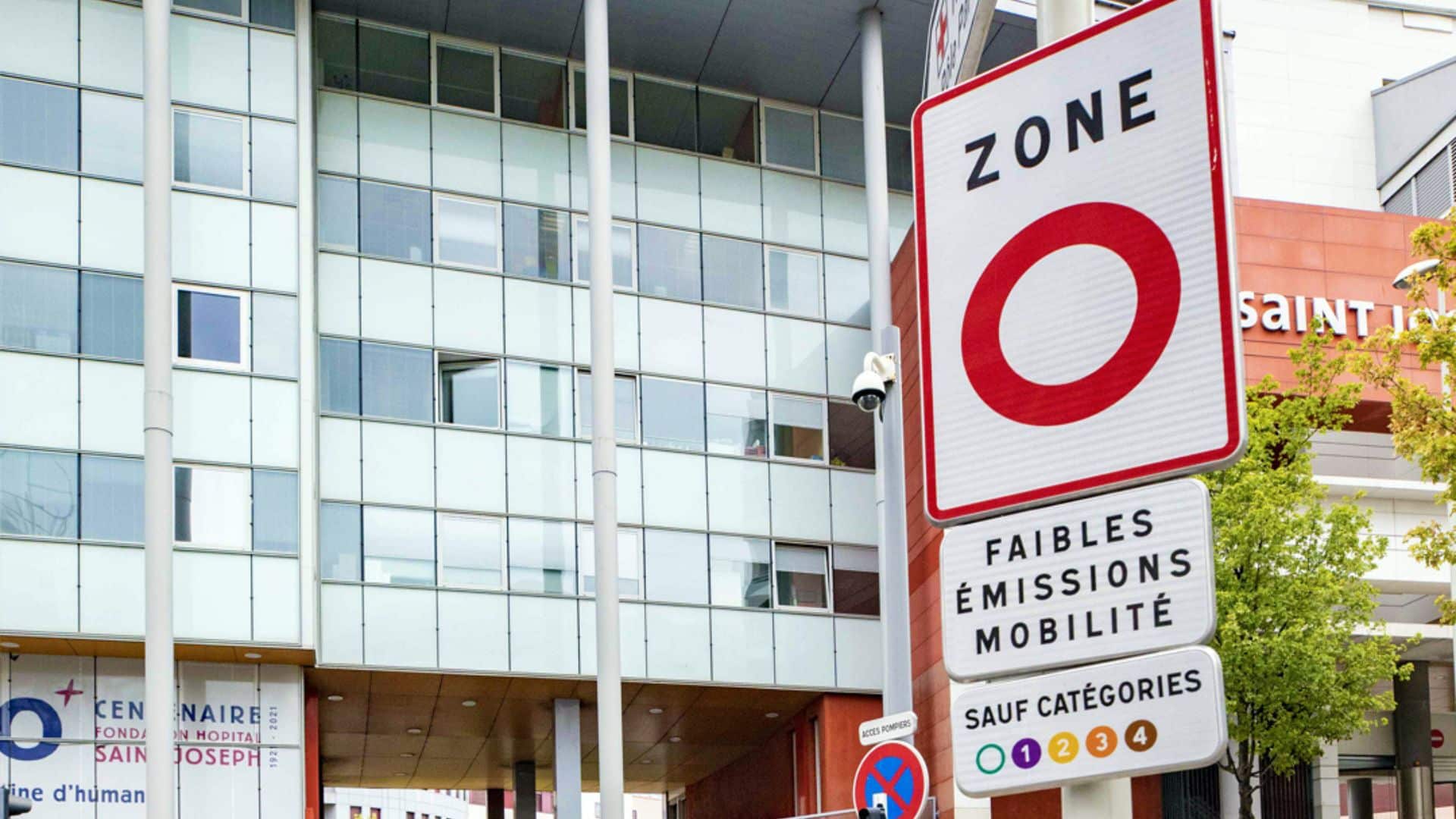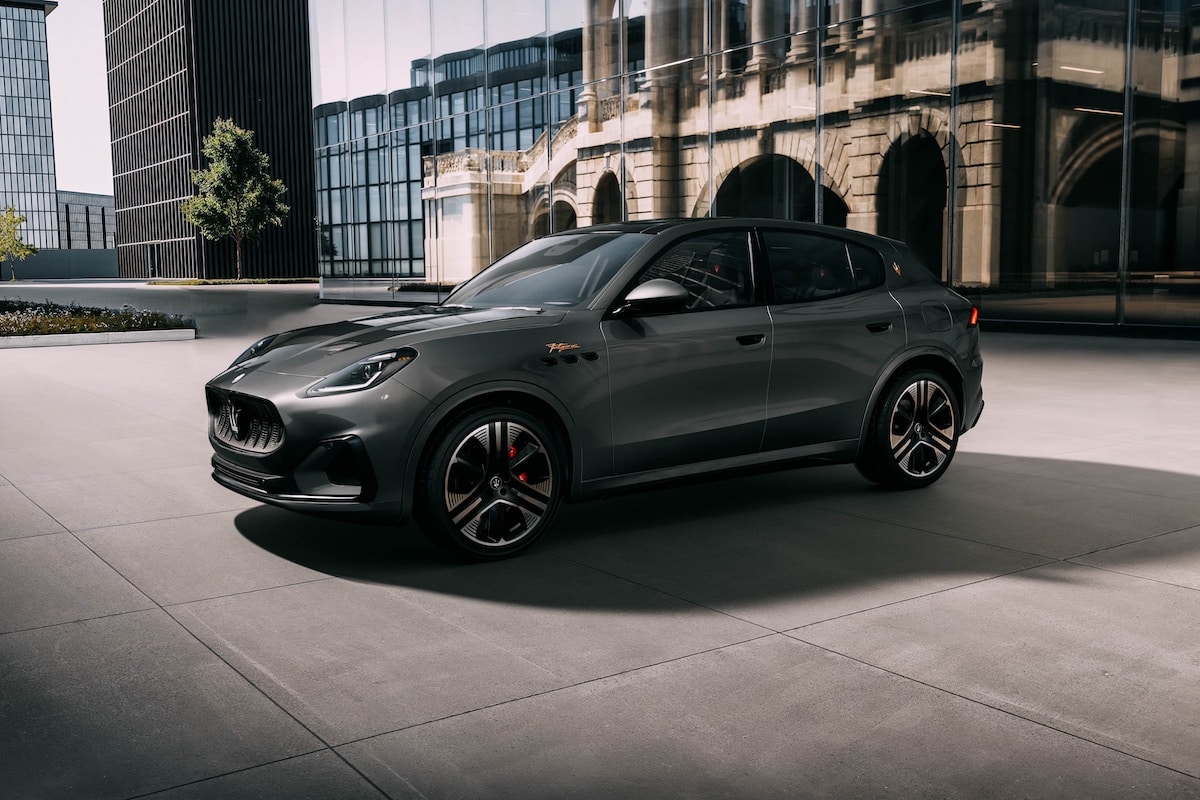Senate: Low Emission Zones Overlooked by the French

According to a public consultation conducted by the Senate, Low Emission Zones for Mobility (LEZ or LEZ-m) frustrate the French.
From April 17 to May 14, 2023, the Senate conducted a public consultation to gather French opinions on Low Emission Zones for Mobility (LEZ-m). Out of 51,346 respondents, 86% of individuals and 79% of professionals were opposed to their implementation.
The Senate’s public consultation identifies three factors that influence their response to the LEZ. Socio-professional category, place of residence, and transportation alternatives to cars are these factors. Indeed, restrictions related to the LEZ will most affect lower-income groups. These groups face financial difficulties in purchasing an electric vehicle.
This public consultation, although it does not represent the majority opinion of the French, allows the Senate to understand certain concerns regarding LEZs.
Low Emission Zone, an unpopular measure in France
Lack of transportation alternatives, high purchase costs, and long distances between city residents and suburbs contribute to dissatisfaction with LEZs.
To improve air quality, France plans to implement them by 2025 in cities with over 150,000 inhabitants. Drivers wishing to operate within these zones must necessarily acquire a Crit’Air sticker. However, 42% of individuals and 41% of professionals surveyed own a vehicle with a sticker grades 3, 4, or 5, which may be banned from circulation in the LEZ.
Respondents to the public consultation also indicate that alternatives to vehicular transport are not yet well-established. Consequently, residents of periurban areas still depend on cars to commute to work.
For example, on the French Riviera, only one train line runs between Menton and Nice. During an SNCF strike or a fire on the line, residents must resort to buses (a two-hour ride) or drive (a 30-minute trip).
Furthermore, opponents of LEZ-m fear increasing social inequalities. Specifically, the cost of renewing one’s vehicle does not satisfy 77% of individuals and 58% of professionals in the public consultation. Despite the growth of electric vehicle markets, these vehicles still have an expensive price, especially for middle classes during periods of inflation.
Also read: LEZs, which cities can hope for exemptions?
This page is translated from the original post "Sénat : les Zones à Faibles Émissions boudées par les Français" in French.
We also suggestthese articles:
Also read






